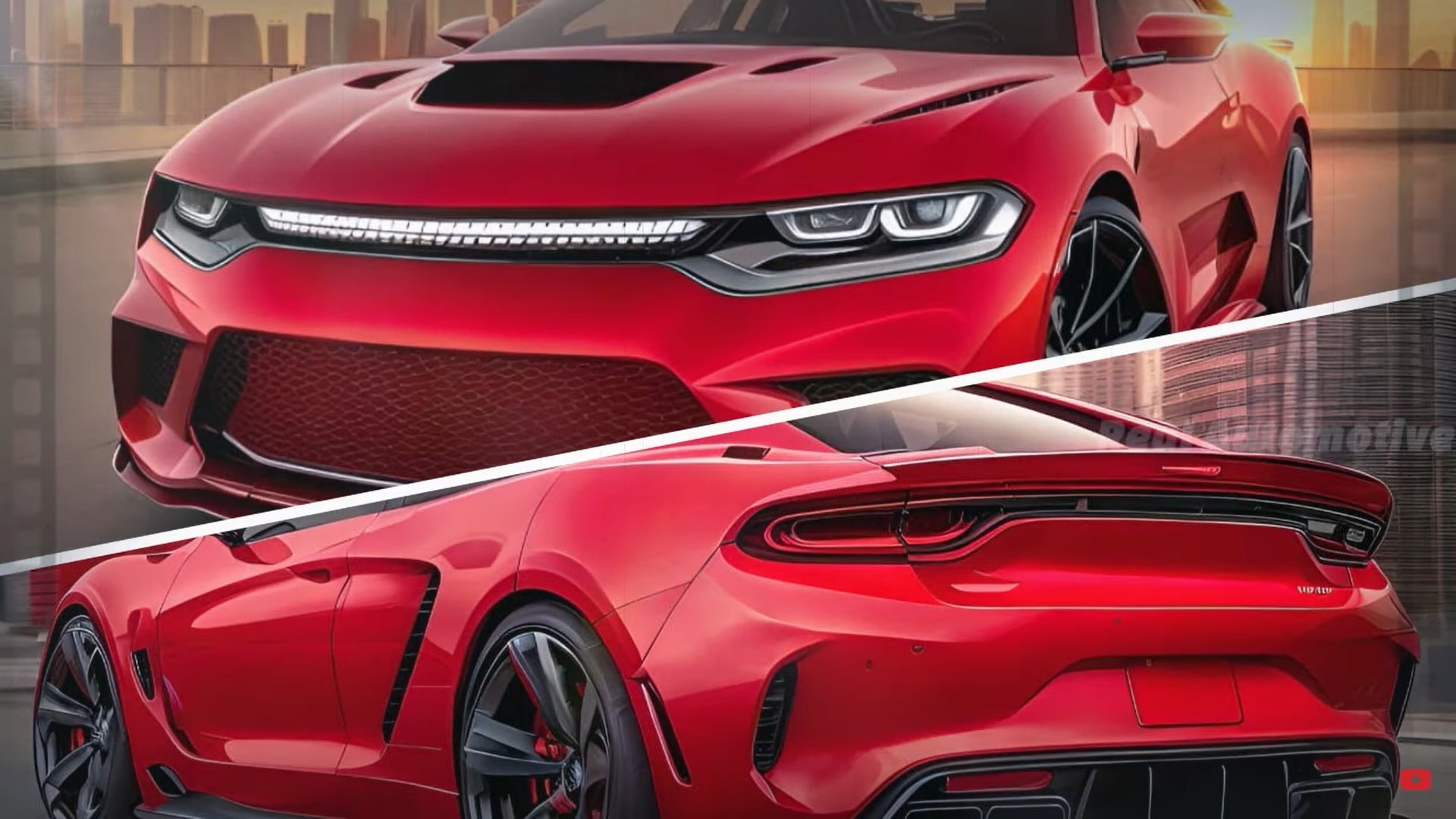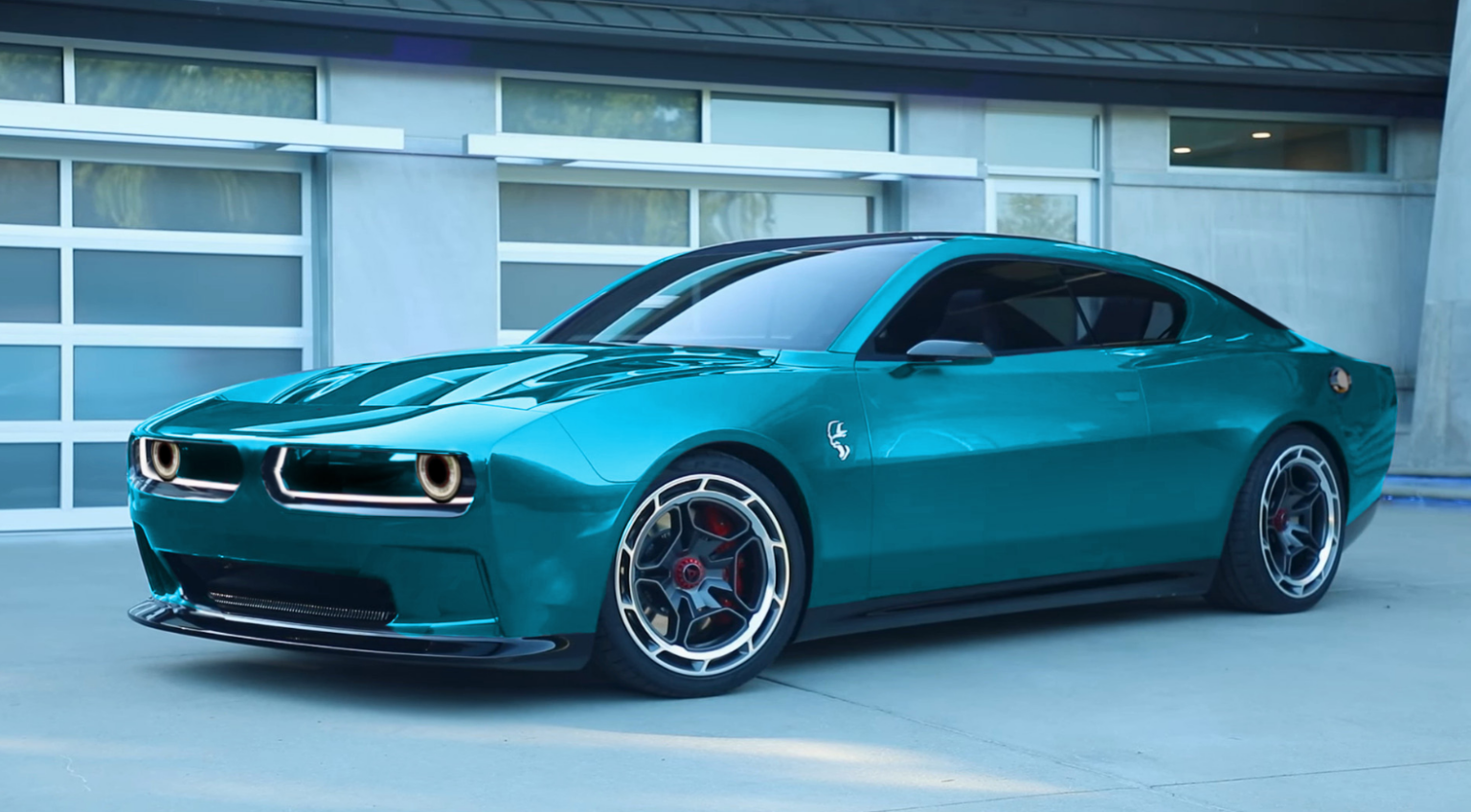The Weight of Performance: Exploring the 2025 Dodge Charger’s Significance
The Weight of Performance: Exploring the 2025 Dodge Charger’s Significance
Introduction
With great pleasure, we will explore the intriguing topic related to The Weight of Performance: Exploring the 2025 Dodge Charger’s Significance. Let’s weave interesting information and offer fresh perspectives to the readers.
Table of Content

The Weight of Performance: Exploring the 2025 Dodge Charger’s Significance
The Dodge Charger, a symbol of American muscle and performance, has captivated enthusiasts for decades. As the automotive landscape shifts towards electrification and efficiency, the 2025 model year promises to be a pivotal point in the Charger’s evolution. While the exact specifications are yet to be officially announced, speculation and anticipation are rife, particularly surrounding the vehicle’s weight.
The Importance of Curb Weight
Curb weight, the total weight of a vehicle with standard equipment and fluids, is a critical factor influencing performance, handling, and fuel efficiency. A lower curb weight generally translates to:
- Improved acceleration and braking: A lighter car requires less force to get moving and stop, resulting in quicker acceleration times and shorter braking distances.
- Enhanced handling and agility: Reduced weight allows for more responsive steering and maneuverability, particularly in corners and tight spaces.
- Increased fuel efficiency: A lighter car consumes less energy to move, potentially leading to improved fuel economy.
Factors Affecting Curb Weight in the 2025 Dodge Charger
Several factors could influence the 2025 Dodge Charger’s curb weight, including:
- Platform and Chassis: The underlying platform and chassis construction play a significant role. Lighter materials like aluminum and carbon fiber could be employed to reduce weight, while a robust steel frame might prioritize strength and durability.
- Engine and Drivetrain: The choice of engine, whether a powerful V8 or a more efficient hybrid or electric powertrain, will impact weight. Electric motors and battery packs can be heavier than traditional combustion engines, but they also offer potential for weight reduction in other areas.
- Interior and Exterior Features: The inclusion of luxurious amenities, advanced technology, and heavy-duty materials can contribute to increased weight. Conversely, a focus on lightweight materials and minimalist design can help keep weight down.
- Safety Features: Advanced safety systems, such as airbags, collision avoidance, and lane departure warning, can add to a vehicle’s overall weight.
Speculation and Predictions
While official information is scarce, industry experts and enthusiasts are speculating on potential weight changes for the 2025 Charger. Some believe that the introduction of hybrid or electric powertrains could result in a significant weight reduction compared to current models, particularly due to the elimination of heavy components like the transmission and exhaust system. Others predict that the Charger will maintain its muscular character, potentially incorporating lightweight materials strategically to offset any weight gains from advanced technology or safety features.
The Impact of Weight on the 2025 Dodge Charger’s Performance and Character
The 2025 Charger’s weight will undoubtedly have a significant impact on its performance, handling, and overall character. A lighter vehicle would enhance acceleration, braking, and agility, further solidifying its reputation as a performance-oriented muscle car. However, a heavier vehicle could potentially compromise some of its signature characteristics, requiring careful engineering and tuning to maintain its spirited driving experience.
FAQs
Q: Will the 2025 Dodge Charger be lighter than previous models?
A: It is too early to say definitively. The adoption of hybrid or electric powertrains could potentially lead to weight reduction, but the overall impact will depend on the specific design choices and materials used.
Q: How will the 2025 Dodge Charger’s weight affect its fuel efficiency?
A: A lighter vehicle generally translates to improved fuel economy. However, the impact of weight on fuel efficiency will also be influenced by the engine and drivetrain technology chosen for the 2025 model.
Q: Will the 2025 Dodge Charger’s weight compromise its performance?
A: A heavier vehicle could potentially impact acceleration, braking, and handling. However, engineers can employ various strategies to mitigate these effects and maintain the Charger’s performance credentials.
Tips
- Stay informed: Keep an eye on official announcements and news releases from Dodge regarding the 2025 Charger.
- Engage with the community: Join online forums and social media groups dedicated to Dodge vehicles to discuss speculation and predictions about the 2025 Charger’s weight.
- Consider the trade-offs: Understand that weight reduction often comes with trade-offs, such as increased cost or a compromise in durability.
Conclusion
The 2025 Dodge Charger’s curb weight remains a subject of speculation and anticipation. The weight will play a crucial role in defining the car’s performance, handling, and fuel efficiency. While the exact figures are yet to be revealed, the factors influencing weight, along with the potential benefits and challenges it presents, will undoubtedly shape the character and legacy of this iconic American muscle car. As the automotive industry continues its evolution, the 2025 Charger’s weight will be a key indicator of its ability to adapt and thrive in a changing landscape.








Closure
Thus, we hope this article has provided valuable insights into The Weight of Performance: Exploring the 2025 Dodge Charger’s Significance. We thank you for taking the time to read this article. See you in our next article!